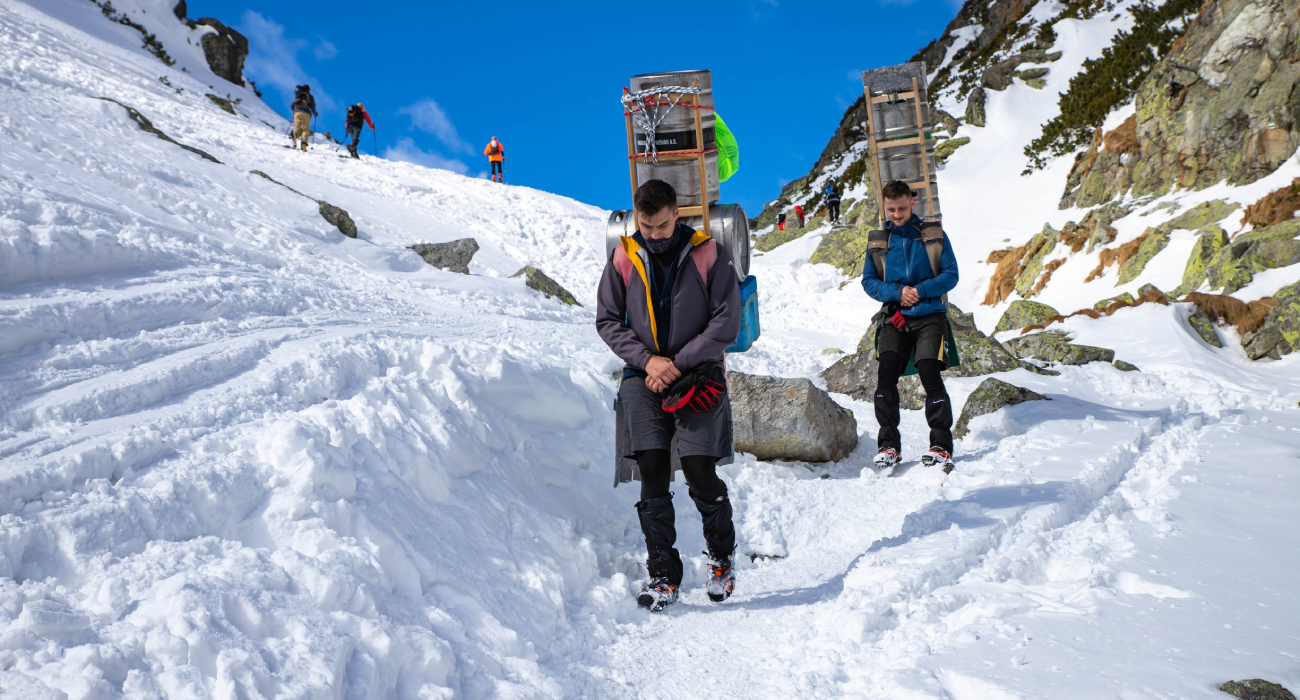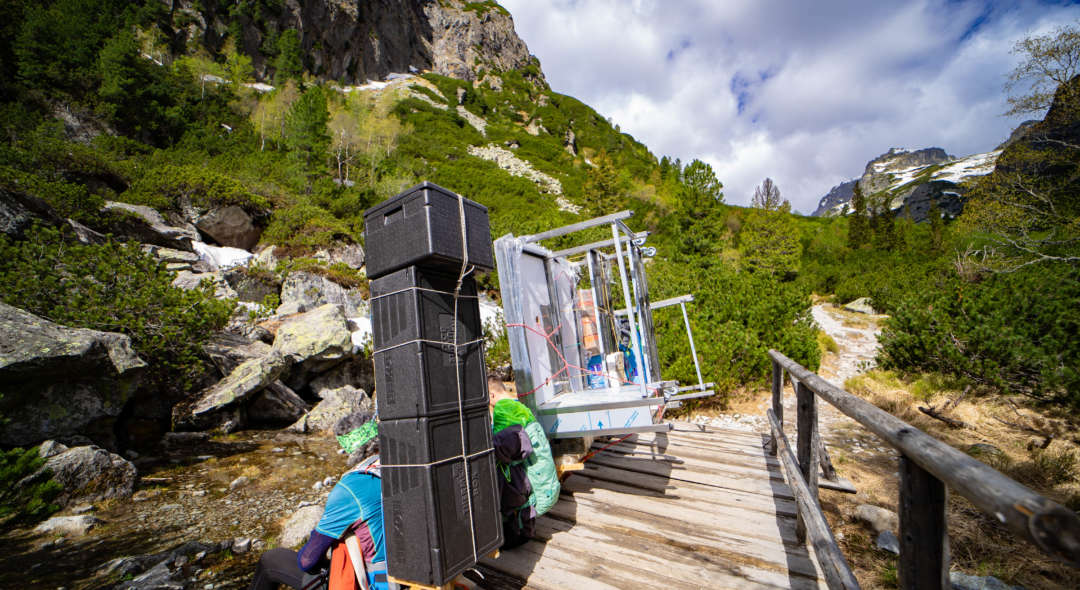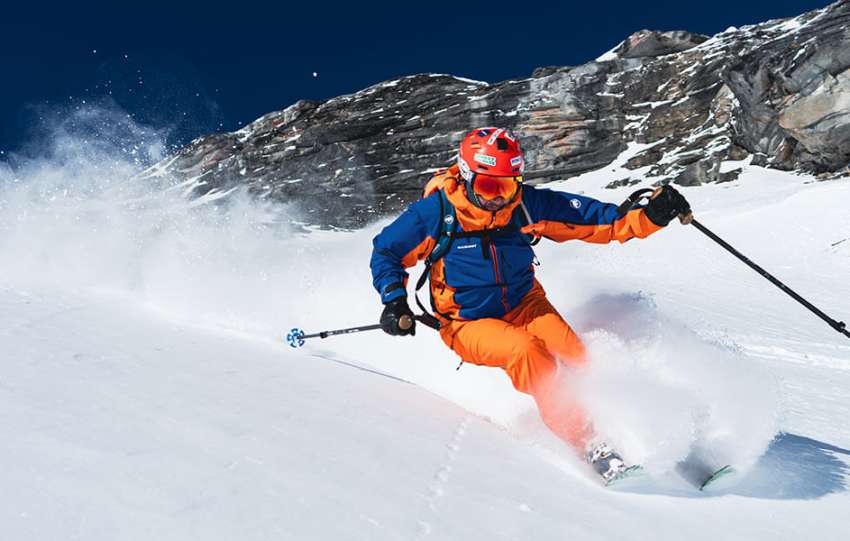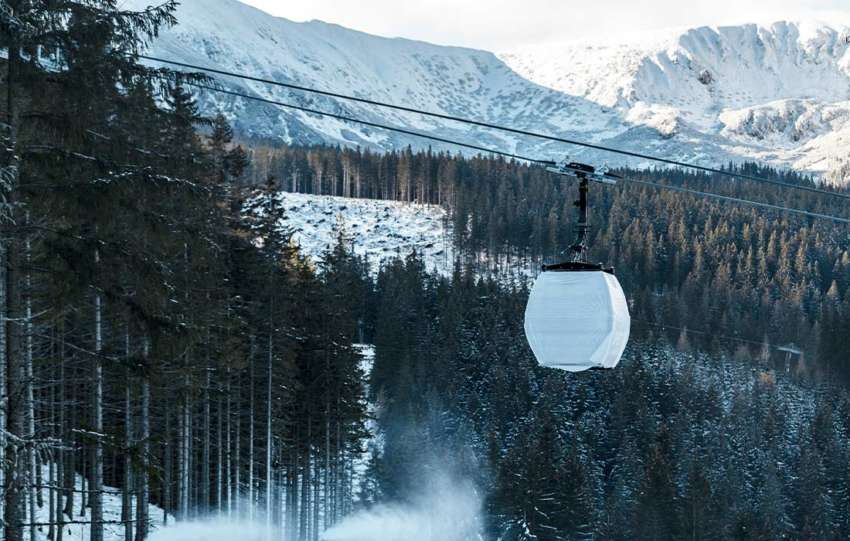Share This Article
The last sherpas in the world. Slovak alpine load bearers who regularly supply mountain cottages and chalets.
The pride of Slovakia
In the past, load bearers used to work also in other countries of the world, of course, but they were replaced by technology, machines, cable cars, helicopters etc. in the course of time. The unique profession has been preserved only in Slovakia and we can be duly proud of this world rarity. In the High Tatras, load bearers still supply the Chalet below Mt Rysy, Zbojnícka chalet, Téry’s chalet, Zamkovský’s chalet, Skalnatá chalet and Rainer’s hut.
What’s the point of it?
Why do people put so many kilos on their backs and carry them to chalets located at high altitudes? The answers are usually the same: freedom, mental relaxation, love for the mountains. Especially the older generation of load bearers consider it a lifelong mission and they don’t plan to stop until their body says so. What is more important – power and muscles or the head and mindset? Physical condition, power and fitness form an inseparable part of load bearing, of course, but mental resilience and endurance, the ability not to give up and keep going seem to be even more important.
Work challenges
Load bearers have to carefully think about every single step that might seem ordinary to regular tourists. They carry several dozens of kilograms that give a hart time to their respiratory system. They have to focus and breathe properly because the load on the spine, the rib cage and the body as such is huge. The load in the carrying frame often reaches twice as high as the head of the bearer himself. This means that even small staggering can cause a fall (yes, bearers sometimes fall along with their backpack frames, so they have to rise to their feet with all the load, sometimes they even need help of tourists, mainly in snowy terrain in winter when they can get stuck).
What’s on the back?
Load bearers carry everything that chalets need to run properly every day – kitchen tools, food (cooking ingredients such as beans, lentils, flour etc., but also steamed dumplings, sweets and snacks), water, beer kegs, coke drinks, bed linen, aggregate petrol… The weight of each load is individual. It can reach from 30 – 40 kg through “typical” 60 – 70 kg to 100 kg and even more. But each load bearer will tell you that the weight is not important. The main point is to carry everything that the bearer takes to the final destination without leaving it somewhere on the way. Loads have to be carried up the hill as well as down the valley, though. Load bearers take empty kegs, containers, dirty linen, rubbish back.
Time doesn’t matter
Each load bearer has their own pace. Some of them need as much time as regular tourists to walk up to chalets, others move faster or slower and don’t hurry. But the crucial thing is to reach the final destination with the load alive and in good health.
What’s more, load bearers sometimes help at individual chalets with various other things if needed. It should be noted that not all load bearers only come and go. There are many chalet employees among them who cannot relax after they bring their loads up but have to work in their chalet all day long afterwards.
It’s admirable that even in today’s busy era with too much technology everywhere, there are still people who don’t look for easier ways. Quite the opposite. It’s thanks to the load bearers that we, other tourists, don’t miss anything in mountain cottages and chalets and can enjoy comfort in the form of good and warm food, drinks or accommodation.
This article has been written in cooperation with MTHIKER.sk. For more details about load bearers or how their typical day looks like, please check this article.







